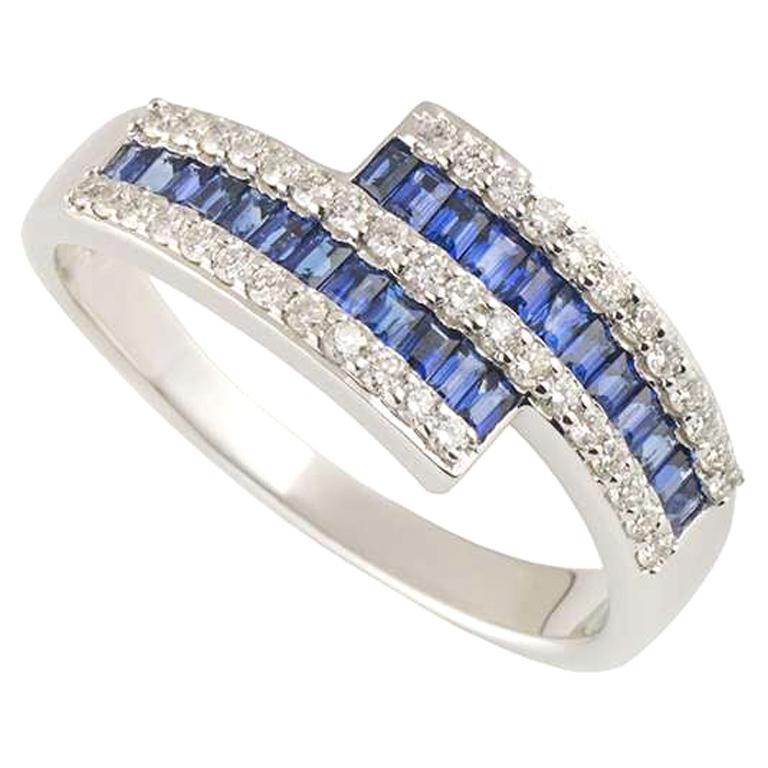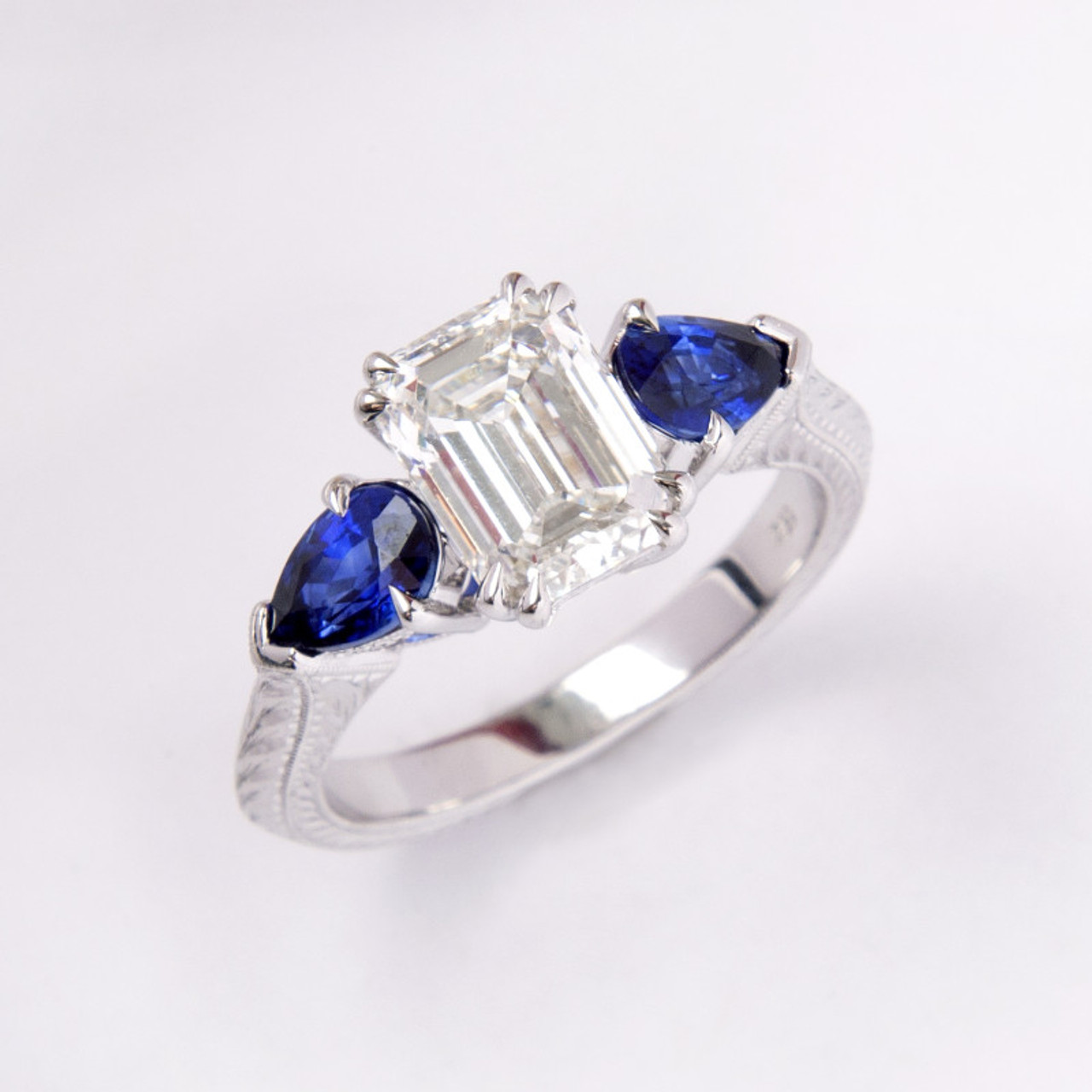
Public Domain.Īnother melt process, the Czochralski process, uses radio waves to melt the aluminum oxide. This piece, on display at the Natural History Museum in London, UK, was removed from the flame fusion process before completion. This sample, consisting of a mix of aluminum oxide and chromium, would have yielded a synthetic ruby. Flame fusion creates long, tear-shaped pieces of synthetic corundum. The Verneuil process is a flame fusion process that can create sapphires much larger than those commonly found in nature. Also, adding chromium to the aluminum oxide will create synthetic ruby. The drops form into a long teardrop shape called a "boule." The addition of other minerals to the aluminum oxide can create colored varieties of sapphire.
.jpg)
In this method, a flame melts aluminum oxide powder (the principal mineral in corundum). The most inexpensive and oldest melt process is known as flame fusion. There are two types of methods for artificially creating sapphires: melt processes, which involve melting aluminum oxide into a sapphire droplet, and solution processes, which grow sapphire crystals in a solution. All gem varieties of corundum can be synthesized through various methods, including the coveted "star stone" sapphires and rubies, such as these "Heller Hope" star gems. In effect, labs can create to order gems difficult or expensive to mine. In a lab, manufacturers can control and even accelerate chemical and physical processes as well as combine minerals that occur rarely in nature. Of course, the chief advantages of synthesizing gems in a laboratory (from the manufacturer's perspective) are time and financial savings. Whether under the Earth or in a laboratory, crystal gemstones develop or "grow" when the right combinations of minerals interact under specific chemical and physical conditions. The physical properties of sapphire could blunt the tips of incoming rounds, preventing penetration into the aircraft. They cut this melt material into large, thick rectangular slices to make windows for helicopter gunships. In the 1970s, manufacturers grew immense lab-grown sapphires for a variety of applications. So, can you tell the difference between natural sapphires and lab-grown sapphires? This 790-ct sapphire was cut from colorless corundum grown via the Czochralski (melt) process.


Manufacturers still use some of the technological methods used then to synthesize sapphires today. Not surprisingly, sapphires and rubies were some of the first gemstones to be synthesized over 100 years ago. In fact, gem-quality corundum, which includes sapphires and rubies, is rarer than diamond. The demand for sapphires, however, has long exceeded the natural supply. Their beauty and hardness make them ideal choices for jewelry. People have highly prized sapphires for ages.


 0 kommentar(er)
0 kommentar(er)
